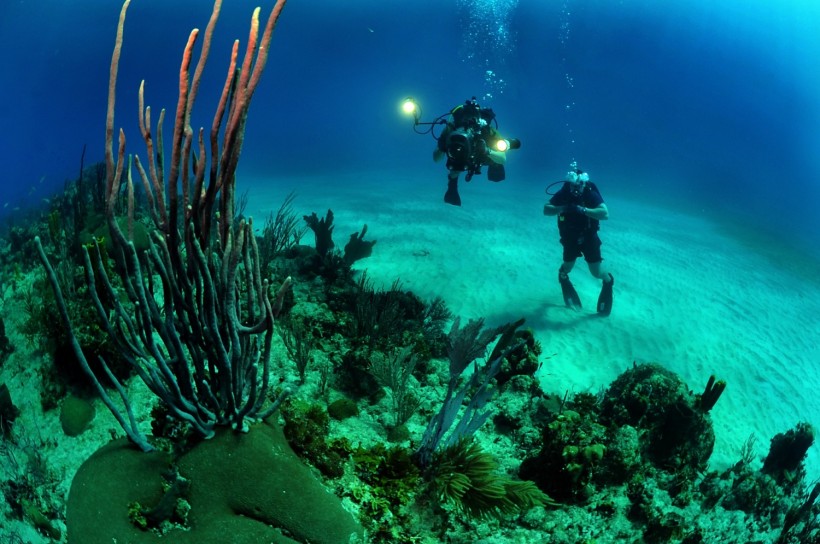An intensive underwater exploration of the Great East Japan Earthquake epicenter area was conducted during a two-month expedition by Caladan Oceanic with the Japanese marine science community. The first human descents into the ultra-deep ocean trenches in the Ryukyu, Ogasawara, Izu, and Japan were also completed.

Ocean Water Diver
Exploration Deployments
Three of the four deepest trenches in Japanese waters and the underwater site of the Great East Japan Earthquake of 2011 were the subjects of a two-month expedition led by Caladan Oceanic in collaboration with The University of Western Australia. The Tokyo University of Marine Science and Technology (TUMSAT) and the Japan Agency for Marine-Earth Science and Technology (JAMSTEC) joined the team.
According to Ocean Robotics Planet, the expedition witnessed the first-ever human descents into some of the most remote regions of Japan, including the Ryukyu and Japan Trenches and the "Boso Triple Junction," which is one of only two locations on earth where three tectonic plates intersect.
Japan Exploration Team
Victor Vescovo, the company's founder and owner, served as the expedition's leader, and Inkfish, a global nonprofit dedicated to marine scientific study, funded the trip.
The scientific team was led by Professor Alan Jamieson of the University of Western Australia in collaboration with co-leader Prof. Hiroshi Kitazato of TUMSAT. The expedition was managed and supported logistically by EYOS Expeditions. Dr. Todd Bond and Dr. Paige Maroni of the University of Western Australia served as co-leaders of the expedition's second phase, which was centered on the Miyagi region.
Vescovo told Newsweek that the reason they go to earthquake epicenters is to try to understand why trench animals differ so much from the rest of the deep-sea animals. He said that the comparatively broad, rather wide-open abyssal plains and the trenches differ greatly in their seismic activity.
The species of the abyssal plain are old-some are over 100 years old-and they probably only reproduce every few decades. The population is simply too old and inefficient to recover if individuals were living in trenches where significant chunks of their habitat were being damaged by seismic activity.
ALSO READ: Olivine Crystals Can Trigger Deep Earthquake, Recent Study Claims
Robotic Landers Mission
According to Divernet, three robotic landers from Caladan Oceanic were lowered to the ocean floor at various depths in order to record high-definition video and gather water and biological samples. The landers served as Limiting Factor's navigational beacons as well.
The Ryukyu Trench, located off Okinawa to the west of Japan, was first explored by Prof. Jamieson and pilot Vescovo, who reached what was believed to be near to its deepest point at a depth of 7,324 meters. Nearly three hours of the nine-hour operation were spent documenting a half-kilometer of the trench wall.
Six days later, the Izu-Bonin Trench was discovered, with Nagoya University professor Katsuyoshi Michibayashi serving as an observer. He and Vescovo descended to the deepest point of the mission, which was 9,775 meters.
On Aug. 20, Prof. Kitazato dived with Vescovo in the Japan Trench, which is northeast of Tokyo. They descended to 8,001m, only 11m shy of the maximum depth, and surveyed about three square kilometers of the seafloor. They discovered landslide scars and marine life that had returned to the area after the earthquake that struck there 11 years earlier.
In the final stage of the mission, 28 lander deployments and three submersible dives were made close to the epicenter.
RELATED ARTICLE: Rare "Boomerang Earthquake" Recorded for the First Time
Check out more news and information on Environment in Science Times.














